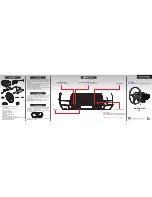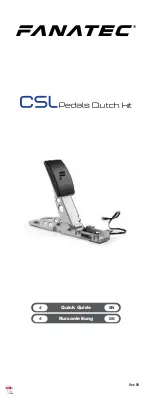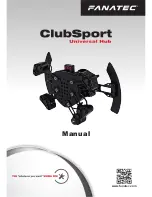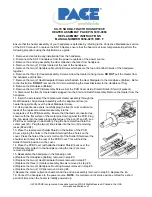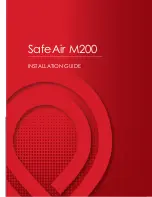
C 150 (E2) 06/2011
page 56/78
14.5 Handling the CO
2
incubator C 150
Any manipulation of the CO
2
incubator involves some contamination risks, from installation to opening of
the doors and regular cleaning.
Installation away from sources of contamination
•
Do not place the CO
2
incubator on the floor or close to windows and doors. Use the optional stand, if
appropriate.
Reduce the periods in which the door is open.
•
Do not open the door too frequently.
•
Placing items in order inside the incubator results in shorter door opening times.
Water pan
•
Fill the water pan with distilled, sterilized water (chap. 4.3). Never use ion exchange water; ion
exchangers are propagation sites for bacteria.
•
Clean and refill the pans 2 to 3 times a week. For evacuation, remove the water pan. It is
autoclaveable.
•
If desired, you can add microbiologically inhibiting substances such as copper chips, copper sulphate
or ethylene diamine tetra-vinegar acid (EDTA) in a concentration of 1 to 5 mmol/l.
Avoiding condensation caused by ambient conditions
•
Ambient room conditions have an effect on condensation inside the incubator, which can be caused
by insufficient wall clearances, preventing even dissipation of heat, air movement or direct sunlight. If
the temperature distribution inside the chamber becomes uneven, condensation may form on the
cooler surfaces.
•
Maintain distances from the wall: rear 100 mm /
3.94 in
, sides 50 mm /
1.97 in.
•
Do not place the unit in front of a window. No direct sunlight. No air movement.
•
Permissible ambient temperature range for operation: +18 °C /
64.4°F
to +30 °C /
86°F
. Ideal ambient
temperature: at least 7 degrees below the intended working temperature. E.g., working temperature
37 °C /
98.6°F
= ambient temperature 30 °C /
86°F
and less.
•
The incubator should be precisely calibrated / adjusted.
Regular cleaning, decontamination, and sterilization
•
Clean the shelves, glass door, gaskets, and inner chamber weekly (for cleaning see chap. 15.1, for
decontamination see chap. 15.2). You can clean the shelves in a laboratory dishwasher and, if
needed, individually autoclave them.
•
Regularly use the hot air sterilization function (chap. 15.4) following cleaning. Shelves and the emptied
water pan can remain inside the incubator during this operation.
•
Replace the CO
2
sterile filter (once or twice a year depending on usage).
What to do in case of contamination?
•
Throw away / autoclave contaminated cultures.
•
Carefully inspect cultures that seem to be uncontaminated.
•
Clean the incubator as described. Wipe the inner chamber and the doors with a disinfectant and allow
to dry. Autoclave the shelves. Empty the water pan and autoclave it.
•
Perform hot air sterilization.
Содержание APT.line C 150
Страница 75: ...C 150 E2 06 2011 page 75 78 18 9 Dimensions C 150...
Страница 79: ......

































